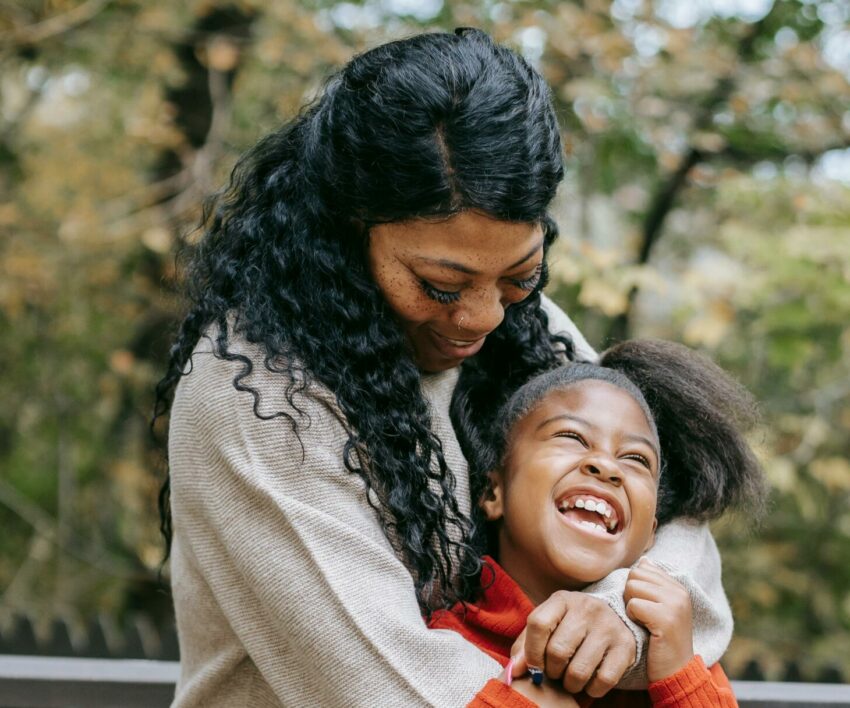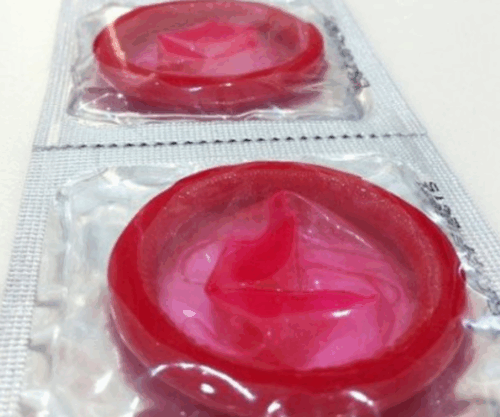
The life of a child is shaped by the environment created by their parents or guardians while growing up. Everything parents do in terms of their parenting techniques, the values they teach and plant in the child, and the projections they put on the child, all impact a kid’s life in the long run.
The same applies to abuse and ill-treatment, a child surrounded by a toxic environment carries that burden and later releases it onto other people. Let us look into the specific kind of trauma called mother wound, as the name suggests, it is caused by mothers to their children.
According to Happy Minds, the mother wound is “The cultural trauma that is carried by a mother – along with any dysfunctional coping mechanisms that have been used to process that pain – and inherited by her children (with daughters generally bearing the brunt of this burden).”
The above source adds that mother wounds can manifest in subtle ways, such as people-pleasing and emotional care-taking, competitiveness, pressure to conform to rigid expectations, feeling unworthy, failing to set strong boundaries, fearing failure and success, and waiting for approval to fully live life.
The Private Therapy Clinic mentions that the mother wound results from factors such as neglect, abuse, enmeshment, unrealistic expectations, and chronic criticism. These issues are said to lead to feelings of isolation, abandonment, and a lack of understanding of love, trust, and relationships, ultimately hindering a child’s growth and independence.
It is also stated that children who are raised by mothers who are wounded, “Might also experience anxiety, and find themselves constantly worrying about their relationships, fearing both abandonment or rejection. In their later years, their ongoing search for validation may become more outwardly apparent in the need for approval in all areas of their life as a way of overcompensating for the absence of affection.”
When looking for ways to heal the mother wound, Psychology Today advises on the importance of expressing inner child feelings, validating and loving oneself, and setting boundaries. The publication emphasises the need for a safe, therapeutic environment, letting go of past self-development concepts, and fostering healthy emotional connections.
The Attachment Project also suggests that you:
- Reflect before acting: Understand your emotions to avoid misunderstandings and consider how your feelings relate to past experiences.
- Understand your attachment style: This is said to help you process attachment wounds. Therapy can help uncover emotions related to early experiences.
- Journaling: Journaling is said to help process past traumas.
- Learning to accept yourself and your inner child is crucial for healing.
- Mindfulness: This helps build self-awareness and self-compassion, it reduces stress and helps manage emotions.
- Listening to your inner child: Ask what you are feeling and what you need from you.
Also see: When moving becomes childhood trauma




